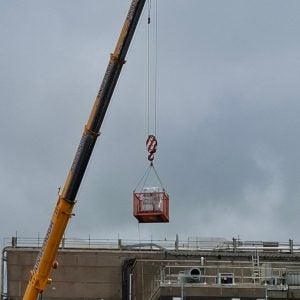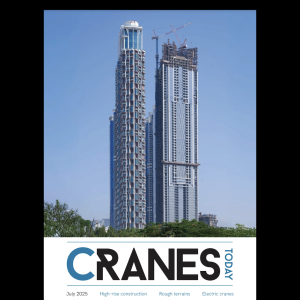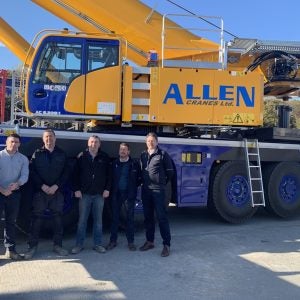These are tragedies for the families of those involved.
And they tarnish all of us working in the industry. Cranes’ very visibility – that long boom sticking up over the edge of the building – makes them kings of building sites. But they are easy targets to apportion blame when something goes wrong and someone gets hurt.
Members of the public aren’t going to see the internal divisions of the industry – that the mobile crane business has little to do with the tower crane business. They do not understand that there could be a thousand different reasons why a crane falls over or hits something. They do not see that the pressures of safety – and legal liability – are producing a paper mountain of instructions and forms that presents its own risks. They do not care that low rental rates pressurise crane companies to reduce their overheads – such as safety systems – to a minimum.
What they conclude is that a crane is like the Lone Ranger’s Silver – it is ridden by a cowboy.
That uncertainty has a commercial element, too. It plays into the hands of vendors of alternative material handling equipment such as telehandlers, who have the support they need to argue to potential customers that cranes are just too risky.
We share the effects of accidents, and to some degree I think we all – manufacturer, distributor, renter, customer, operator – share the blame in the eyes of the public, whether that is fair or not. Since we are all in this together, let’s all pull together to improve the image of the industry.






